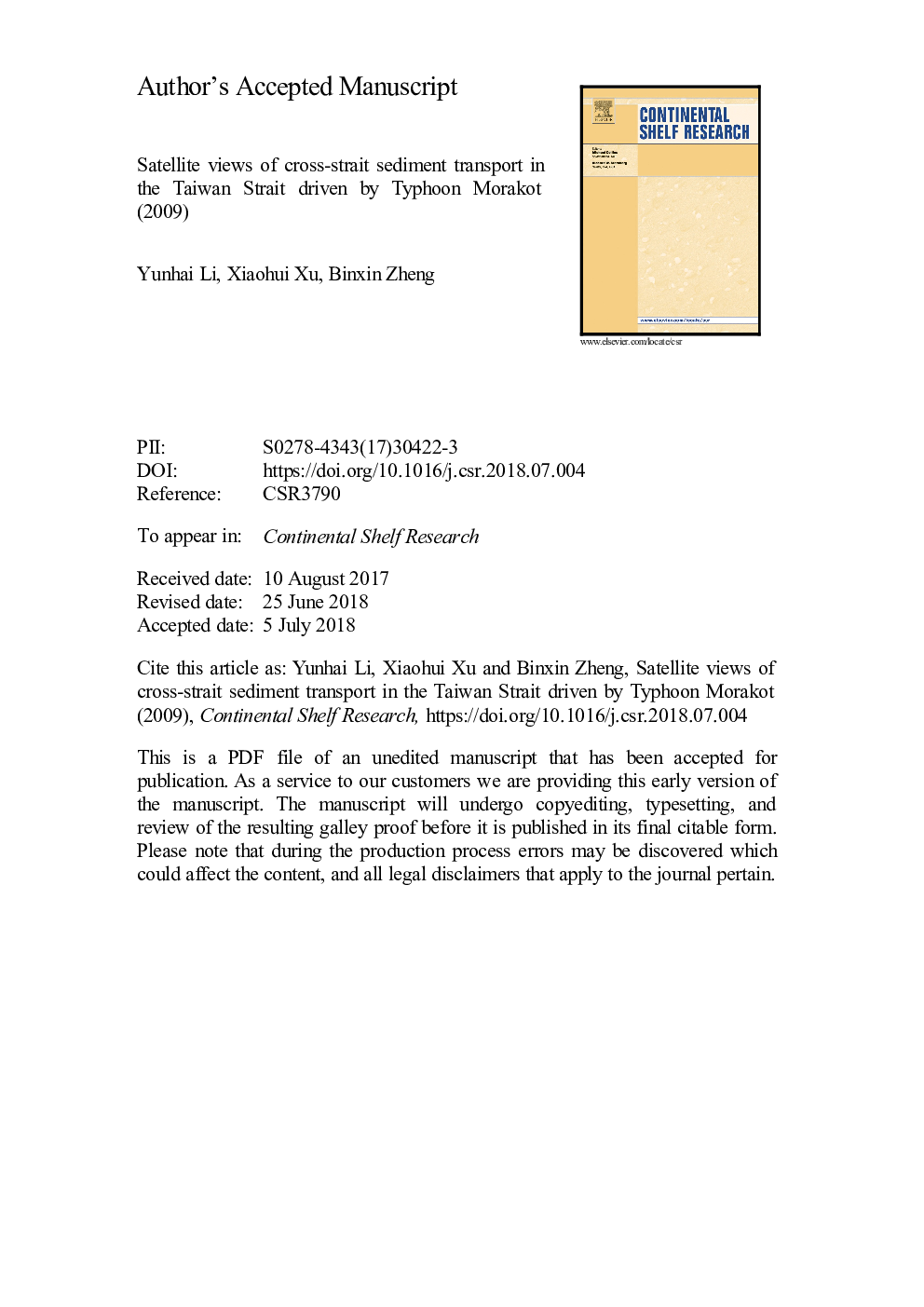| Article ID | Journal | Published Year | Pages | File Type |
|---|---|---|---|---|
| 8883985 | Continental Shelf Research | 2018 | 36 Pages |
Abstract
The strong cyclonic wind stress associated with the typhoon could change the existing currents pattern and destroy the water stratification, which restricts sediment resuspension, and result in significant resuspension of seabed sediments, thereby increasing suspended particle concentration and mass transport flux in waters. Moreover, the cyclonic wind stress could produce typhoon-induced currents, leading to the redistribution of particles in the strait. Comparative analysis revealed that typhoon processes crossing either the Taiwan Strait or passing over the northern strait could significantly impact the pattern of sediment transport in the strait and increase the cross-strait transport of sediments, which are important to the formation of the mud belt in the middle of the Taiwan Strait.
Related Topics
Physical Sciences and Engineering
Earth and Planetary Sciences
Geology
Authors
Yunhai Li, Xiaohui Xu, Binxin Zheng,
